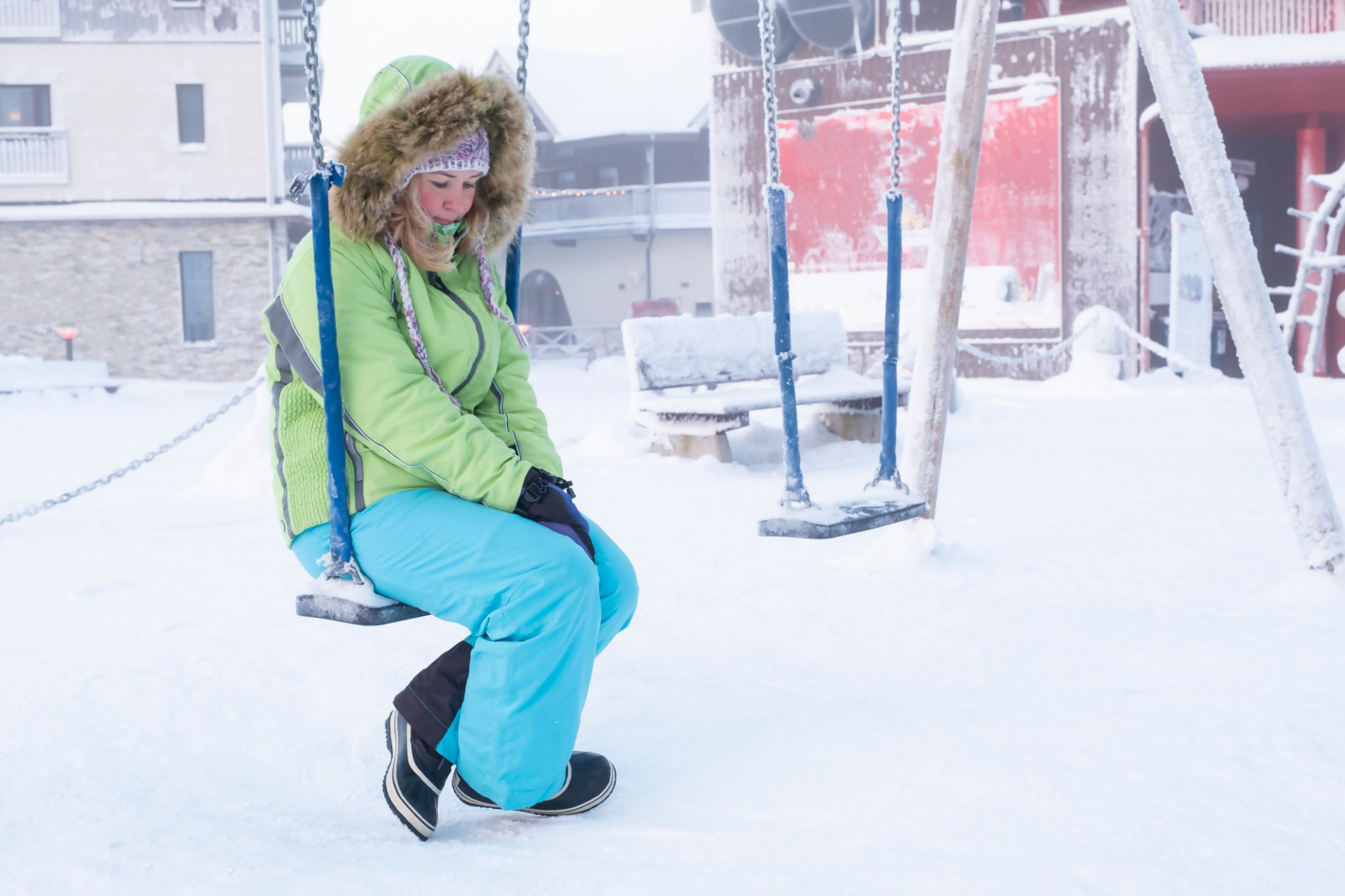Seasonal Affective Disorder: How Therapy Can Help You Cope
Understanding Seasonal Affective Disorder
Seasonal Affective Disorder (SAD) is a type of depression that occurs at a specific time of year, usually in the winter months. It is characterized by symptoms such as low energy, oversleeping, weight gain, and a decreased interest in activities you once enjoyed. While it can affect anyone, those living in regions with less sunlight during the winter months are particularly susceptible.
The exact cause of SAD is not entirely understood, but it is believed to be related to the reduction in sunlight which can disrupt your body's internal clock and lead to feelings of depression. It's important to recognize these symptoms early and seek appropriate methods to manage them.

The Role of Therapy in Managing SAD
Therapy plays a crucial role in managing the symptoms of Seasonal Affective Disorder. Cognitive Behavioral Therapy (CBT) is one of the most effective forms of treatment. It focuses on changing negative thought patterns and behaviors that contribute to feelings of depression.
In therapy sessions, individuals learn how to cope with SAD by developing healthier thought processes and engaging in activities that can help boost mood and energy levels. This proactive approach can significantly alleviate the impact of SAD symptoms.

Benefits of Light Therapy
Light therapy is another effective treatment for SAD. It involves exposure to a lightbox that mimics natural sunlight, which can help regulate the body's sleep-wake cycle and improve mood. This treatment typically requires daily sessions in front of the lightbox for about 20 to 30 minutes.
Light therapy is most effective when used in conjunction with other treatments such as CBT. By incorporating multiple approaches, individuals often experience a more significant reduction in symptoms.
The Importance of Lifestyle Changes
Alongside therapy, making certain lifestyle changes can be beneficial in managing SAD. These changes include:
- Engaging in regular physical activity to boost endorphin levels.
- Maintaining a consistent sleep schedule to regulate your body's internal clock.
- Spending time outdoors during daylight hours whenever possible.

Seeking Professional Help
If you suspect that you are experiencing symptoms of Seasonal Affective Disorder, it is crucial to seek professional help. A mental health professional can provide a proper diagnosis and develop a personalized treatment plan tailored to your needs.
By understanding the options available and taking proactive steps to manage your symptoms, you can effectively cope with SAD and improve your overall well-being during the challenging winter months.
Conclusion
Seasonal Affective Disorder can be a debilitating condition, but with the right strategies and support, it is possible to manage its symptoms. Therapy, whether through cognitive behavioral approaches or light therapy, combined with lifestyle adjustments, can make a significant difference in your quality of life during the winter season.
Remember, seeking help is a sign of strength, and taking action is the first step toward reclaiming your energy and happiness during the colder months.
